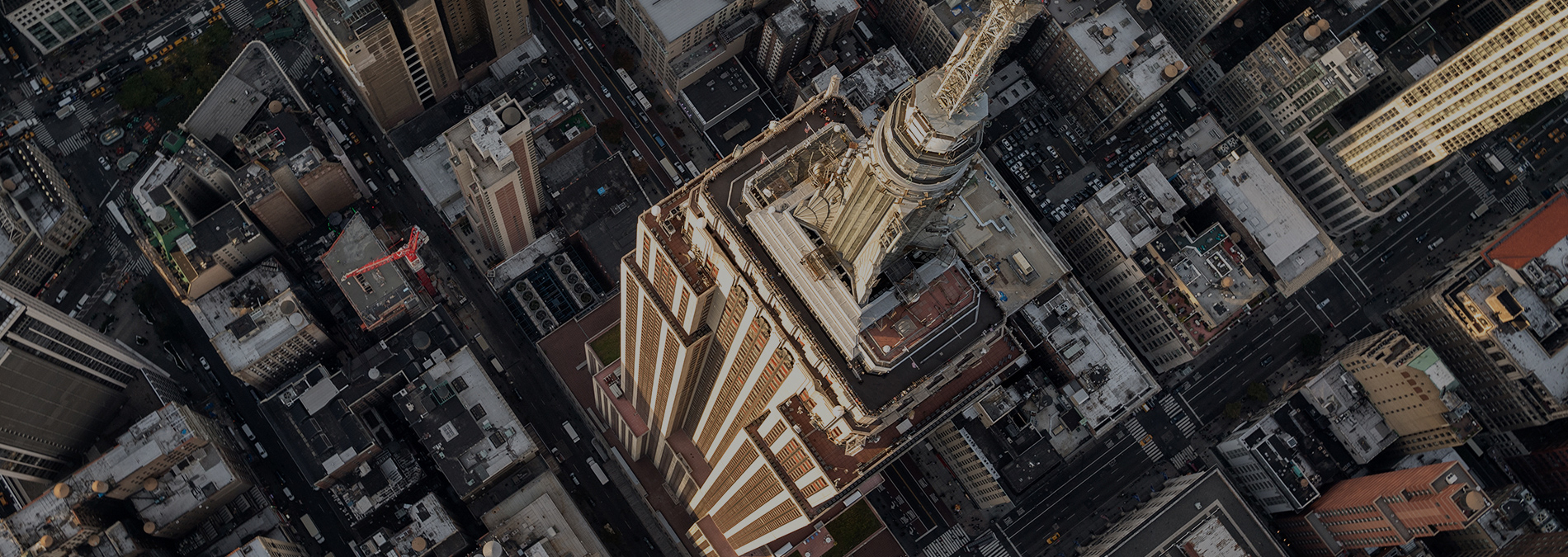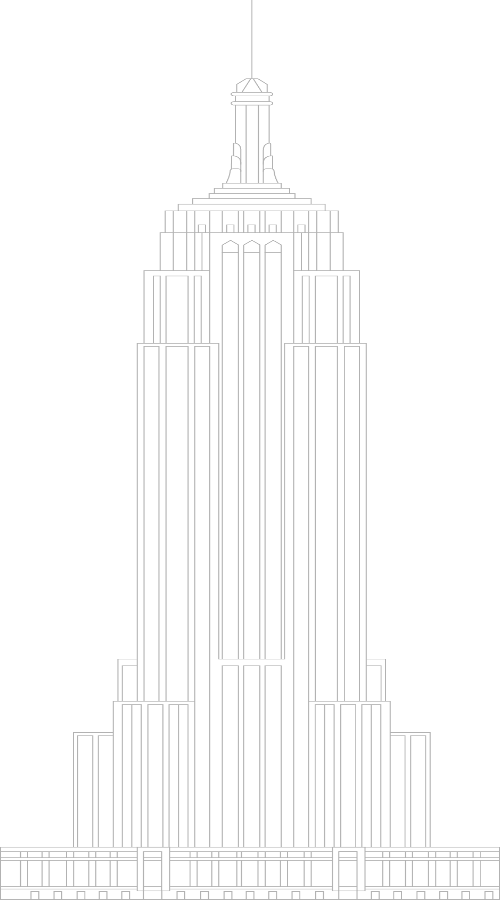Empire State Building | Otis Global Projects

Empire State Building
New York City
Empire State Building
Opened in 1931, the Empire State Building was the first building to top 100 floors, an extraordinary milestone that only added to the mystique of this art-deco masterpiece and global icon.
Otis helped make it possible, supplying the fastest, most advanced elevators of the day. The majority featured sophisticated signal controls to govern speed and leveling. Dubbed “robot elevators,” they still needed an attendant at the time.
The owners again turned to Otis 80 years later, this time to modernize the elevators as part of a massive undertaking to reinvent the majestic tower for the 21st century – as a model of sustainability, ideal home for tech companies and, of course, a five-star tourist destination.
Essentially completed in 2019, the modernization was among the largest such projects in our history – and among the most complex. The updated elevators are 50 to 75 percent more efficient than the original equipment. Otis ReGen® drive technology captures energy that would otherwise be wasted as heat and returns it to the building's power grid for use by other systems. And with our CompassPlus® intelligent dispatching, passengers get to their destinations 50 percent faster during peak travel times. We also installed three new Gen2® elevators, which feature steel-reinforced polyurethane belts in place of conventional steel cables to deliver an exceptionally smooth, quiet ride.
The new Otis elevators transport 4million visitors each year.
A glass aerie at the top of the world
The crown jewel of the modernization is the custom-made glass Gen2 elevator that travels from the 86th floor to the 102nd floor Observatory – now enclosed in glass to provide unobstructed, 360-degree views of New York City and beyond. As passengers ascend to the Observatory and back down again, they’ll enjoy a light show projected onto the hoistway walls as curated music plays inside the cab. On the 102nd floor landing, even the hoistway walls are glass, heightening the sense of being in a glass aerie at the top of the world.
At your service
Otis crews worked around the clock over eight years to complete the modernization. The new machines, weighing as much as 13 tons, were brought up in pieces. Custom rigs lowered counterweights into place. The building’s location in the crowded environs of Midtown Manhattan meant the delivery of materials had to be carefully choreographed. Today, our mechanics are onsite 24 hours a day, seven days a week, to keep the building’s elevators operating at peak efficiency.
Quick facts about the Empire State Building
The Empire State Building took just 410 days to construct, from the setting of the tower's first steel columns on March 17, 1930, to its completion on April 11, 1931. The official opening was May 1, 1931. To date, no comparable structure has matched that rate of construction.
The Empire State Building held the title of World’s Tallest Building for nearly 40 years, until the topping out of the north tower of the original World Trade Center in New York City in 1970 – another Otis project. The iconic building has starred in dozens of movies, notably the 1933 cult classic King Kong and three romantic classics: Love Affair (1939), An Affair to Remember (1957) and Sleepless in Seattle (1993).
In 2009, the Empire State Building began undergoing a series of retrofits to reduce energy consumption by nearly 40 percent. This $106 million investment has resulted in annual savings of $4.4 million – and transformed the global icon into one of the world’s most sustainable buildings. It was the tallest LEED-certified building in the United States when it was awarded the designation in 2011.
-
1 Opened - May 1, 1931
-
2 Height to tip - 1,454 ft (443.2 m)
-
3 Use - Office, Retail, Observation Decks
-
4 Architects - Shreve, Lamb & Harmon Associates
-
5 General Contractor - Starrett Brothers and Elken
-
6 Elevators - 73
-
7 Escalators - 8

